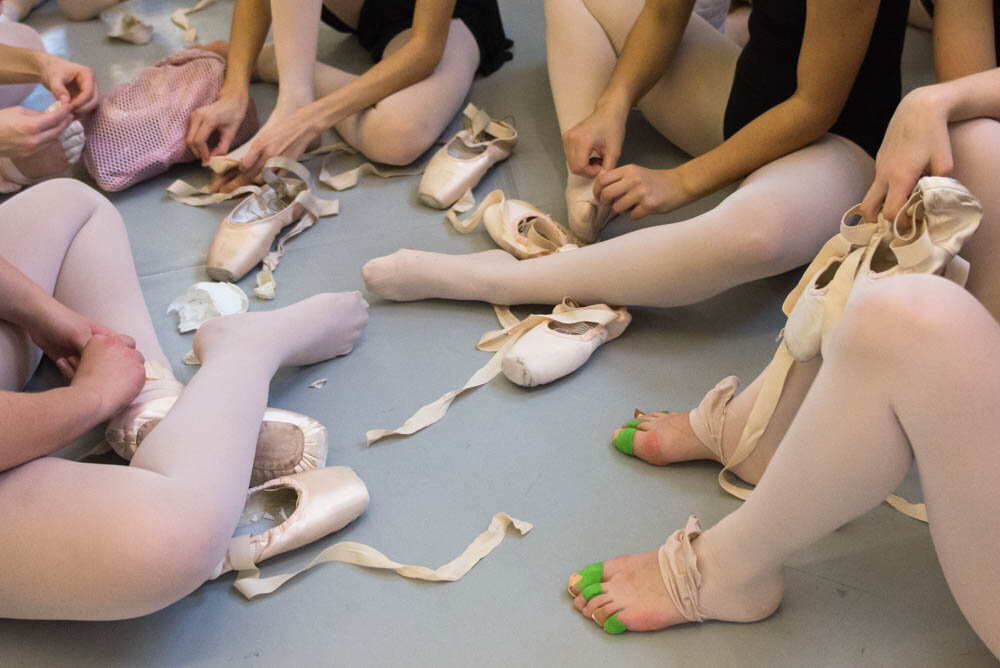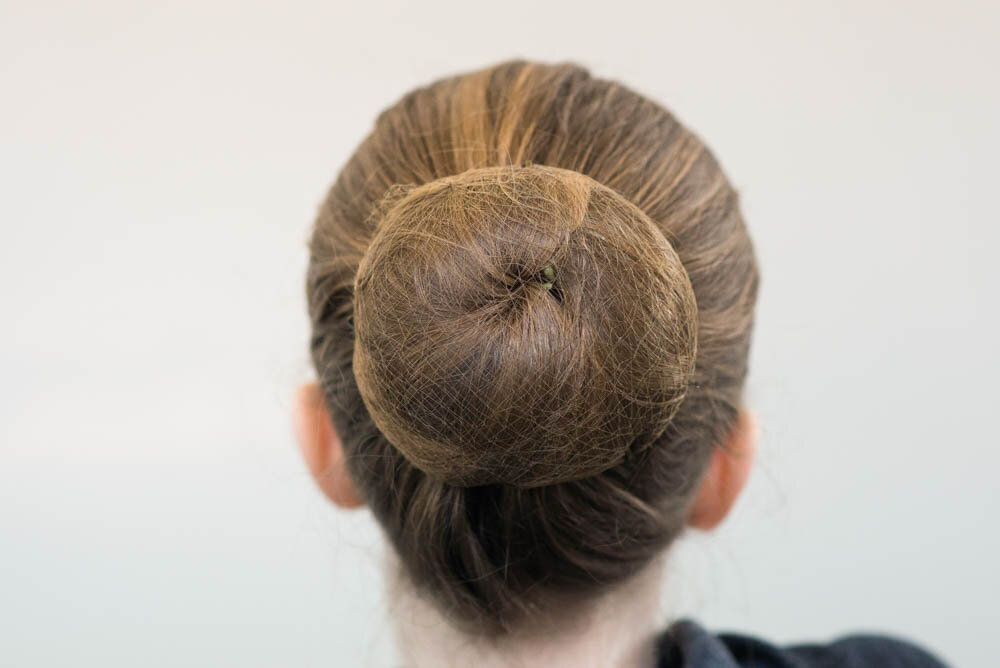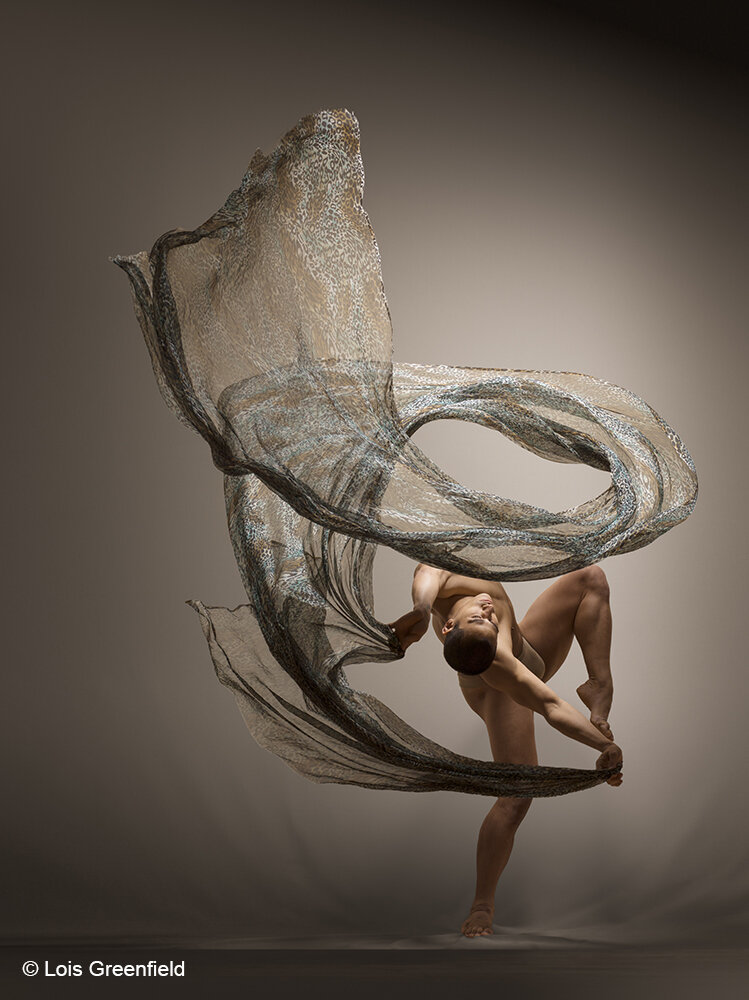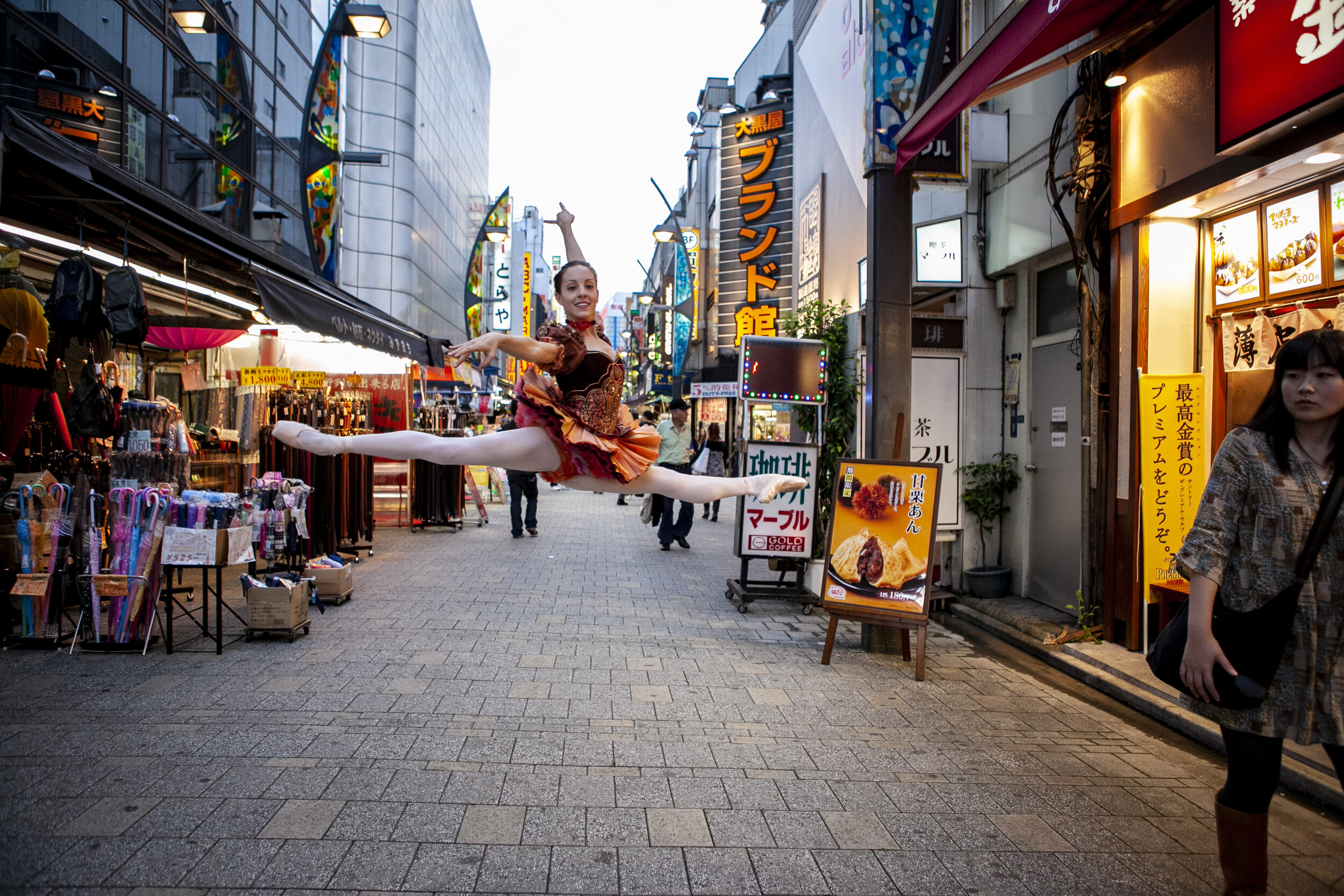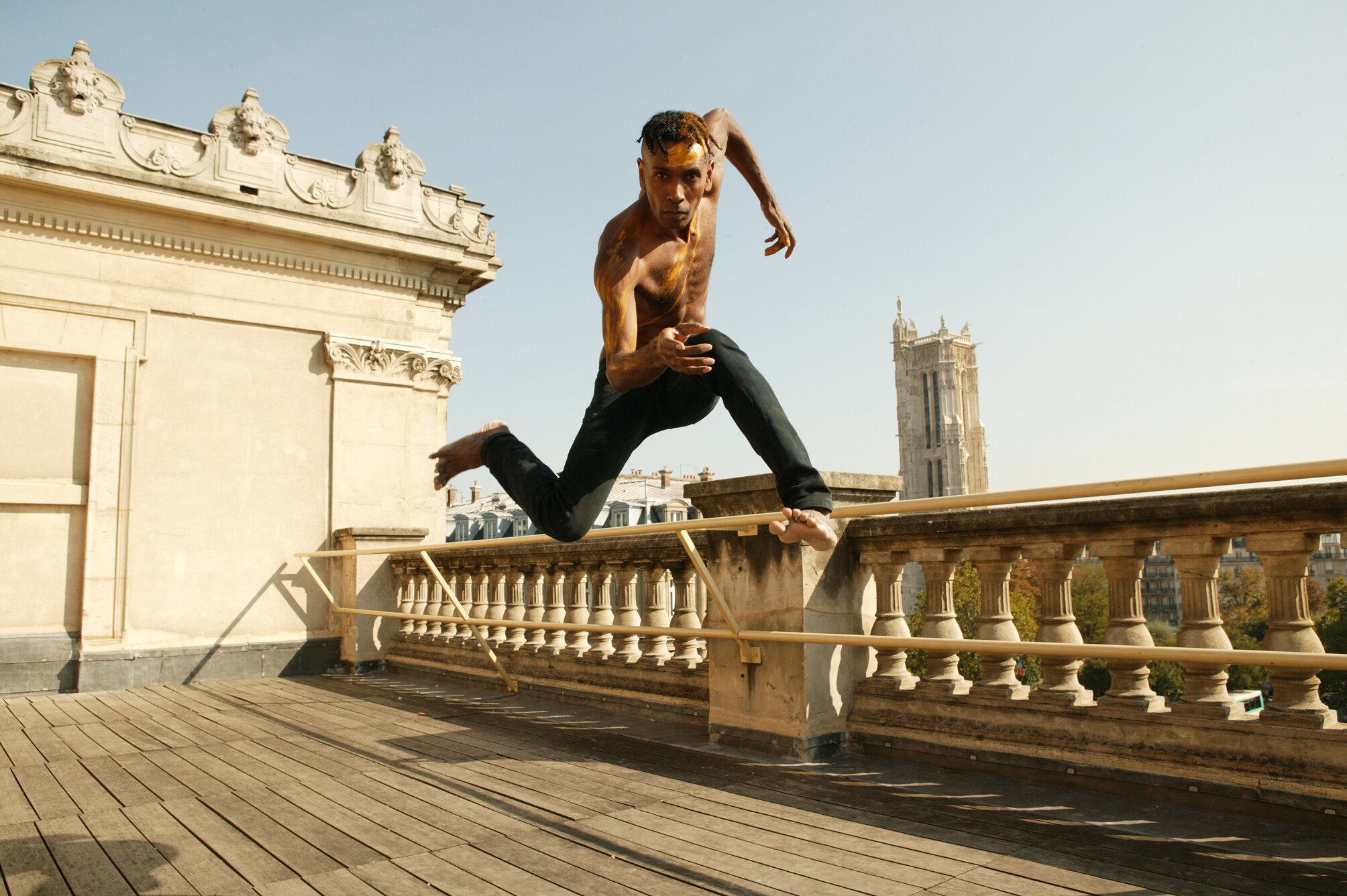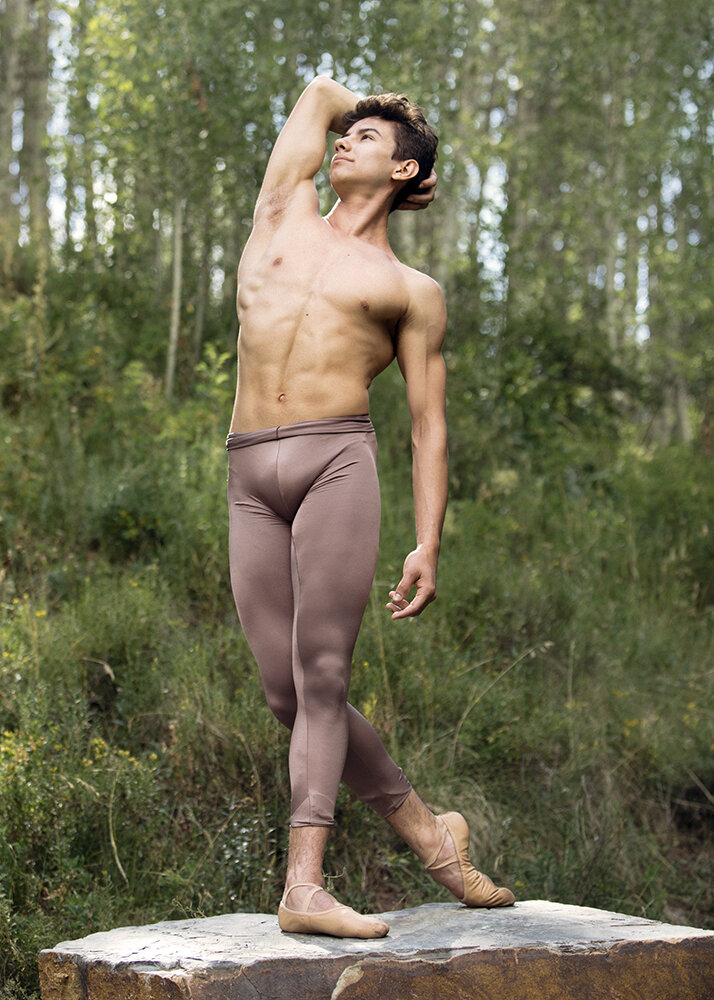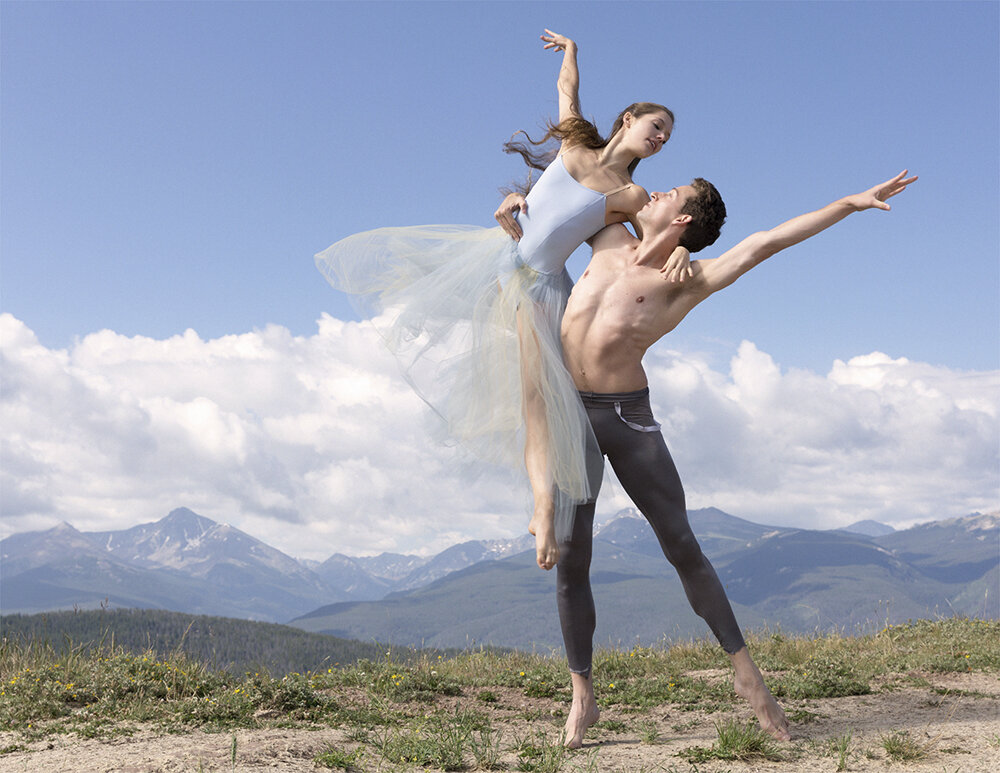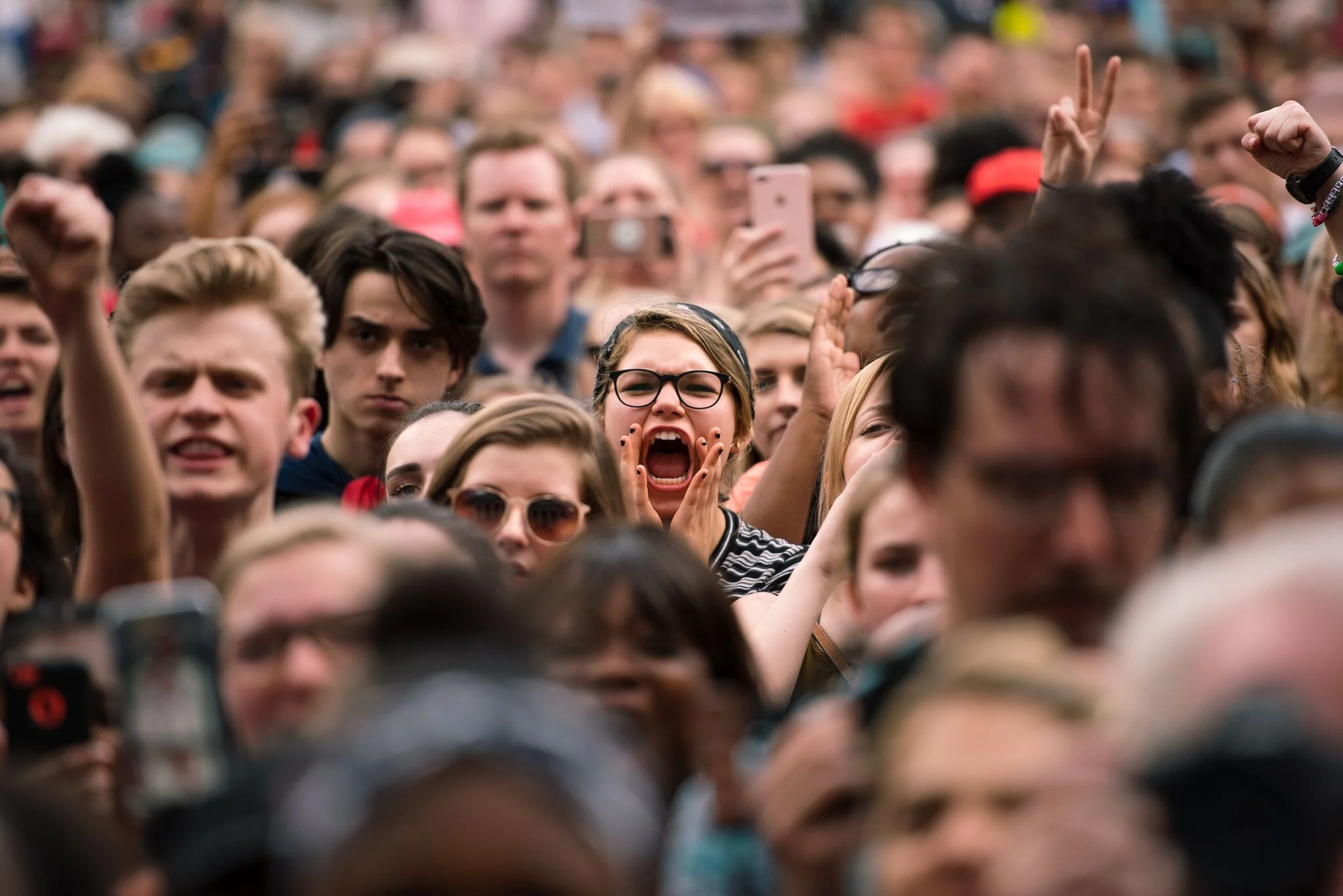Enduring Ephemerality: Capturing Dance on Camera
Photography © Henry Leutwyler 2020
It is a question that every visual artist wrestles with, and one that has been explored over centuries: how do you express movement through a static medium? For a photographer, rendering movement is a constant consideration. For a photographer focusing on dance, the element of motion becomes even more critical, but the question changes: how do you convey the feeling, emotion and spirit of dance in a fixed image?
Photographers use a variety of techniques to capture the ephemeral quality of dance. Some prefer the traditional backdrop of a stage, with lighting and costumes adding to the drama of the shot. Others shirk the choreographed setting of the theater and thrive off of improvised movements in unexpected surroundings. Either way, the photography of dance is a unique art form, one in which a split second gesture endures forever.
Brooke Trisolini Photography
While a performance is usually mounted onstage, it really begins in the studio, and dancers train for years before they are proficient in their craft. As a photographer with a focus on ballet, Brooke Trisolini depicts the exertion behind those seemingly effortless movements. The goal of her work, she says, is to highlight the effort involved, to shed light on the real “experience of a ballet dancer, rather than what the audience sees from the outside.”
Photography © Henry Leutwyler 2020
Photography © Henry Leutwyler 2020
Henry Leutwyler’s photographs of New York City Ballet are backstage studies that illustrate the multifarious emotions of a performance. His images are impressionistic in style, using the photographic technique of motion blur to express the changing state of the moving body. A moment of quiet reflection in the wings is contrasted against the perfect synchronization of ballerinas during a performance of George Balanchine’s Serenade. The result is an intimate foray into the life cycle of a performance, one where Leutwyler demonstrates those seen and unseen backstage moments.
Sean Aaron Carmon
NYC Dance Project © Ken Browar-Deborah Ory
© Lois Greenfield
Dancers from across the globe were photographed for Deborah Ory and Ken Browar’s NYC Dance Project. The collection of portraits highlights the elegance of the human form in a dynamic, yet refined way, and shows the dancers moving freely, often floating in midair. Making use of the muted backdrops and careful lighting of a controlled studio environment, Ory and Browar exhibit a style all their own: a glossy, high-fashion version of the dance photograph.
Lois Greenfield’s dance photographs are captivating illustrations of energy. As Greenfield says in her artist statement, she prefers “to work outside the constraints of choreography, collaborating with dancers on improvised, non-repeatable, often high-risk moments.” In the collection Moving Still, Greenfield’s subjects exude a certain urgency, and her photographs radiate spontaneity. The dancers in her work do not float, they whirl, and Greenfield freezes the fascinating elements of movement that are imperceptible in real time.
The Australian Ballet Tokyo Tour 2010
© Lisa Tomasetti
The Australian Ballet Tokyo Tour 2010
© Lisa Tomasetti
The Australian Ballet New York Tour 2012
© Lisa Tomasetti
Patrick Thaiday Bangarra Dance Co. Paris 2008
© Lisa Tomasetti
Lisa Tomasetti removes dancers from their interior environments altogether, preferring to capture them against cityscapes and urban backdrops. The photographs represent a study in contrasts: the refined technique of a dancer — pink tights and tutus, supple physiques and exact positioning — rendered against the grit of urbanity. The juxtaposition, Tomasetti says, “creates a humorous, unique and joyful take on the traditional ballet portrait.”
Roman Mejia
Photo by Erin Baiano/Vail Dance Festival
Unity Phelan and Cameron Dieck
Photo by Erin Baiano/Vail Dance Festival
As a former dancer with American Ballet Theater turned professional photographer, Erin Baiano brings a rare sensibility to her job. During summer photo sessions at the Vail International Dance Festival, Baiano takes dancers out of the studio, off the stage, and into the area’s pastoral surroundings. The bucolic photos from Vail reflect her overall approach to dance photography. With an expert knowledge of ballet technique, Baiano finds herself looking for the unplanned moments; “the in-between,” as she calls it. “It’s not actually a step, it’s motion. Certain movements are pre-ordained…but if you can find a little nuance, that’s special.”
And it is nuance that makes the shot, that captures something different from the average stock photograph. It is what reveals dance as something intimate, something a dancer gives their entire selves to. It is not just about the strength or beauty of the body itself, but about the vitality of the subject. In finding this nuance, the photographer can reveal more than just physical movement, but ethereal beauty as well.





